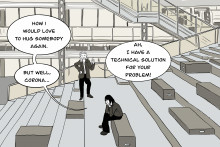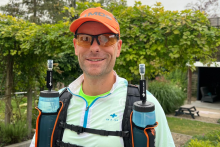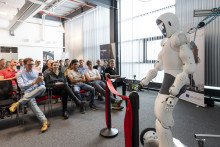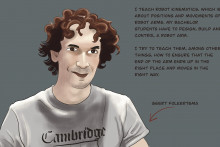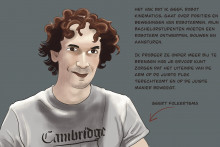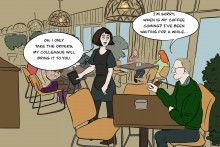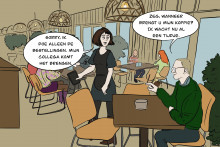'You can't put a robot in a clinic and expect it to work. People have to want that robot too,' says Françoise Siepel. As coordinator of the European robotics project DIH-HERO, she knows that all too well. Within the project, seventeen European partners are committed to bringing innovations in the field of healthcare robotics to the market faster. 'In Europe we are developing a lot of technology in the field of healthcare robotics, but the route to the market is very long. We offer start-ups education, ensure networking, harmonise international standards and provide financial support.'
These networks in particular are essential, says Siepel. Technical innovations must be closely linked to the needs of healthcare workers if they are to embrace them. 'Doctors often ask for something, but they get something completely different. The technician and the doctor have a different perspective. As a result, a lot is now possible in the technical field, but it is not applied in the clinic.'

One of the big misunderstandings about healthcare robots is that they would make contact between healthcare workers and their patients even scarcer than it sometimes is: instead of a human being, you will soon have a robot at your bedside! In reality, the opposite should be the case, Siepel explains. 'Robots can support standard procedures that do not necessarily have to be carried out by humans - such as moving beds, distributing medicines, or measuring a person's temperature. This leaves healthcare workers time for meaningful contact. With a shortage of professionals, they run from one place to another and no one pays specialist attention to patients.'
Fear of the robot's mistakes is number two on the list of reasons to distrust robots. Although, for example, surgical robots are made precisely to prevent all kinds of human errors and inaccuracies, it takes a lot of trust to leave human actions to a machine. 'Patients may, for example, be afraid that a needle will be pushed too far. With a human they feel that there is more control. That's why emergency stops are often built in so that the doctor can intervene if necessary.' Interestingly enough, the corona situation makes it clear that there are also limits to human control, says Siepel. 'The entire corona situation has been an eye-opener. We do not have everything within our grasp. We see that the whole of society is on the sidelines, which reinforces the need for technological solutions.'
When the corona crisis broke out, an extra €1 million was made available within the robotics project for care robots aimed at bottlenecks in the care of Covid-19 patients. Within a week, 146 project proposals were received - in the areas of automatic disinfection and diagnostics, non-contact delivery, ventilation equipment and much more.
'We received phone calls from all over the world, all the way to China,' says Siepel with excitement. The corona innovations make healthcare robotics a little more visible again and may contribute to acceptance. In any case, Siepel is optimistic about the future. 'You notice that people are enthusiastic, as is clear when you receive 146 applications in a week. It's really starting to fizzle and sparkle.'



